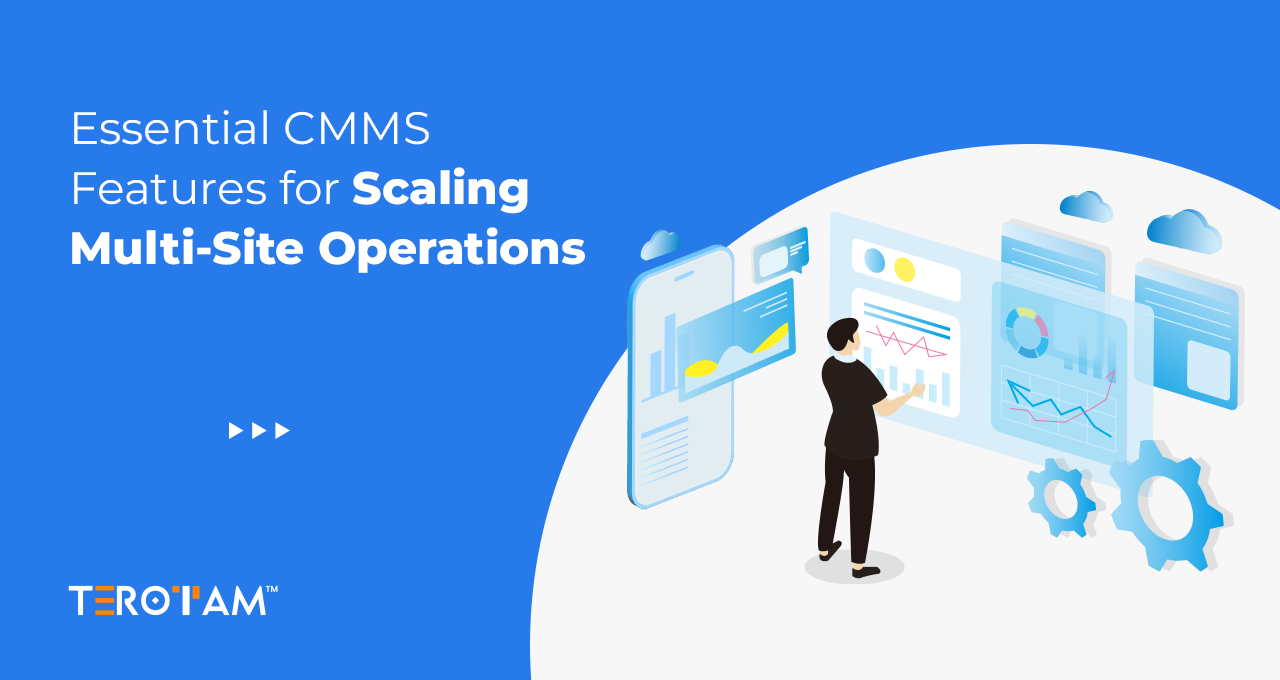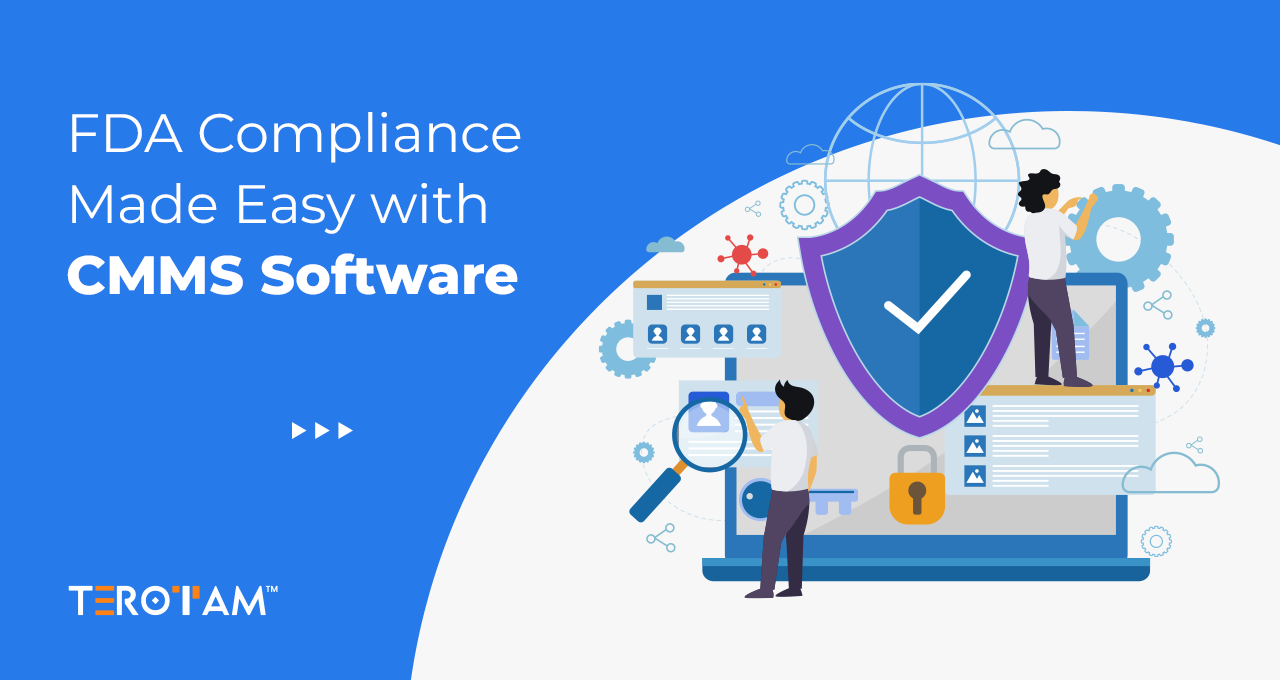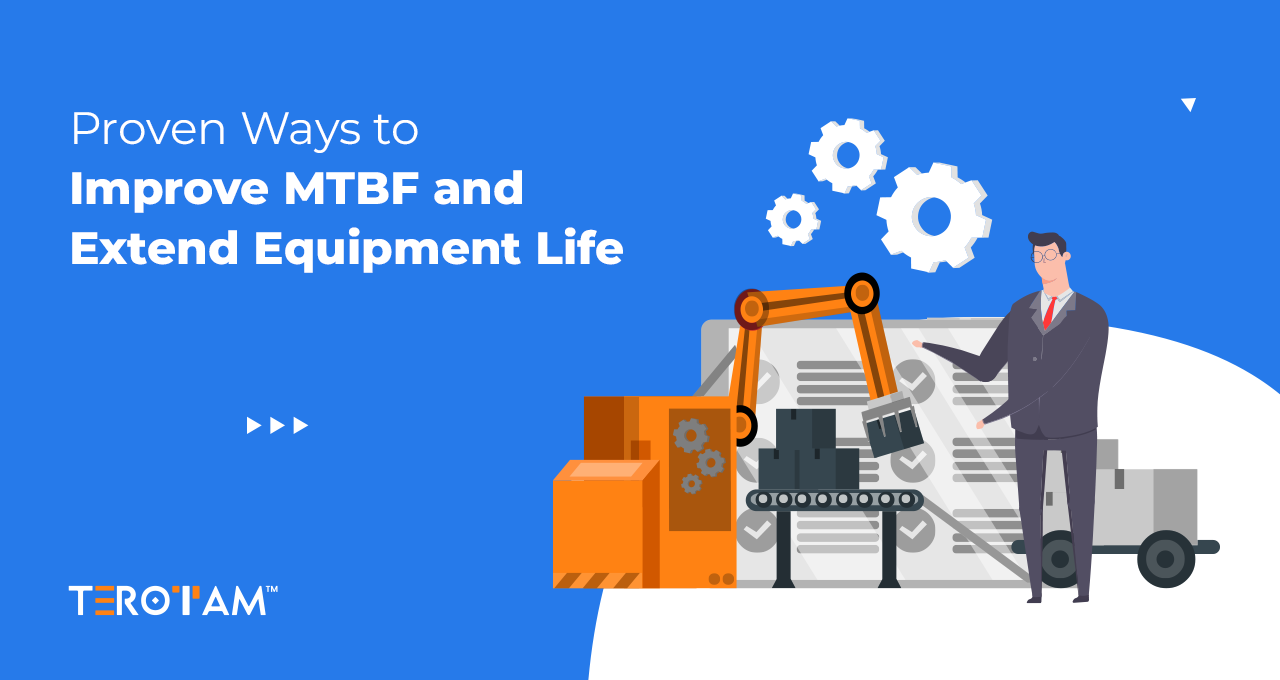The food and beverages (F&B) industry plays a vital role in our daily lives, delivering a wide range of products to meet global demand. Whether it’s large-scale manufacturers or small producers, the industry operates under tight margins, balancing high-quality production with strict regulations. Every step, from processing to packaging, relies on precision and efficiency.
For many businesses, controlling operational costs is an ongoing struggle. Issues like frequent equipment breakdowns, rising energy bills, and inefficient workflows drive up expenses. Add to this the challenge of meeting food safety standards, and it’s clear why managing costs while staying competitive feels like a juggling act.
In this article, we’ll look at seven effective ways CMMS (Computerized Maintenance Management System) software can help reduce costs and streamline operations in the F&B industry.
Why Operational Cost Control Matters in Food & Beverages Industry?
Keeping operational costs in check is essential for the F&B industry to stay competitive and profitable. With slim profit margins and fluctuating raw material costs, even minor inefficiencies can add up, impacting the bottom line. Cost control isn’t just about saving money—it’s about ensuring sustainable growth while delivering high-quality products.
Unnecessary expenses, whether from equipment failures, excessive energy use, or unoptimized workflows, put extra strain on businesses. When managed effectively, these costs turn into opportunities for improved efficiency, better resource allocation, and increased profitability.
- Efficient processes directly boost profitability.
- Lower energy consumption reduces operational expenses.
- Regular equipment maintenance avoids costly downtime.
- Better inventory control prevents waste and overspending.
- Streamlined workflows save time and labor resources.
- Adherence to food safety standards avoids fines and penalties.
7 Smart Strategies to Reduce Operational Costs with CMMS in the F&B Industry
Reducing operational costs in the food and beverages industry isn’t just about cutting back—it’s about adopting smarter systems to enhance productivity and minimize waste. CMMS software integrates maintenance, inventory, and workflow management to tackle inefficiencies head-on. With its advanced tools, businesses can reduce unexpected downtime, improve compliance, and optimize resource allocation. Let’s explore how CMMS can make a measurable difference:
1. Minimize Equipment Downtime
Unplanned breakdowns often lead to halted production lines, increased repair costs, and product spoilage. CMMS provides automated maintenance scheduling and real-time performance monitoring, ensuring critical equipment gets serviced before issues arise.
Predictive maintenance tools analyze operational data, identifying patterns that indicate potential failures. This reduces costly downtime, keeping production on track and extending machinery lifespan.
2. Optimize Inventory Management
Maintaining the right balance of spare parts inventory is a challenge. Overstocking ties up capital, while stockouts delay repairs. CMMS eliminates guesswork by tracking inventory levels, usage rates, and reorder thresholds.
Accurate insights into consumption patterns enable better forecasting and procurement, preventing waste and ensuring the availability of critical components. Integrated inventory control also improves financial planning and reduces operational disruptions.
3. Streamline Maintenance Workflows
Disorganized maintenance processes result in wasted time and resources. CMMS simplifies task management by allowing managers to assign, prioritize, and monitor maintenance activities in one centralized system.
Technicians receive clear instructions through mobile or desktop interfaces, eliminating miscommunication. Real-time updates on task progress ensure efficient resource allocation, helping teams meet deadlines and avoid costly delays.
4. Manage Energy Costs Efficiently
Energy-intensive operations like refrigeration, cooking, and packaging consume a significant portion of operational budgets. CMMS tracks equipment energy usage, providing detailed insights into performance inefficiencies.
Scheduled maintenance and adjustments help keep machinery running at peak efficiency, reducing unnecessary power consumption. Over time, this leads to noticeable savings on energy bills while supporting sustainability goals.
5. Ensure Regulatory Compliance
The F&B industry is governed by strict regulations around hygiene, safety, and equipment maintenance. CMMS automates compliance tracking, helping businesses stay aligned with standards.
Maintenance logs, inspection schedules, and audit trails are easily accessible, reducing manual paperwork and improving accuracy. Proactive compliance reduces the risk of penalties and ensures smooth audits, all while keeping operational costs under control.
6. Reduce Labor Expenses
Reactive maintenance often results in overtime pay, rushed repairs, and underutilized staff. CMMS promotes planned maintenance, reducing emergency fixes and enabling better labor scheduling.
Detailed reporting highlights technician performance and identifies inefficiencies, helping managers optimize workforce deployment. This not only lowers overall labor costs but also boosts team productivity by focusing efforts where they’re most needed.
7. Extend Equipment Lifespan
Replacing machinery frequently is expensive, especially for specialized F&B equipment. CMMS tracks maintenance history and usage data, providing insights that help extend equipment longevity.
Timely servicing prevents premature wear and tear, while performance analytics guide decisions about repairs versus replacements. Long-term asset health reduces capital expenditure and ensures a better return on investment for critical equipment.
How to Implement CMMS for Maximum Operational Impact?
- Assess existing workflows and maintenance processes to identify inefficiencies before implementation.
- Choose a CMMS that integrates seamlessly with current systems like ERP or production software.
- Customize the software to match the specific needs of your facility, including asset categories and maintenance schedules.
- Train staff thoroughly on using the system to ensure consistent data entry and optimal utilization.
- Set up automated maintenance alerts and real-time monitoring for critical equipment.
- Leverage data analytics features to identify performance trends and refine maintenance strategies.
- Regularly review and update the system settings to adapt to evolving operational requirements.
Bringing It All Together
Operational cost control in the food and beverage industry doesn’t have to be a constant battle. With the right tools, like CMMS software, businesses can transform their approach to maintenance, streamline workflows, and save significantly on energy and labor costs. Whether you’re looking to reduce downtime, extend equipment lifespan, or optimize inventory, CMMS offers a clear path to efficiency and profitability.
Ready to take the next step and see how CMMS can revolutionize your operations? Feel free to reach out to us at contact@terotam.com for a personalized consultation. Let’s work together to unlock your business’s full potential.








